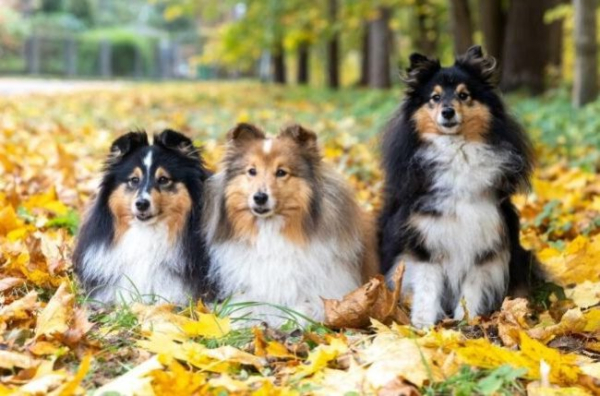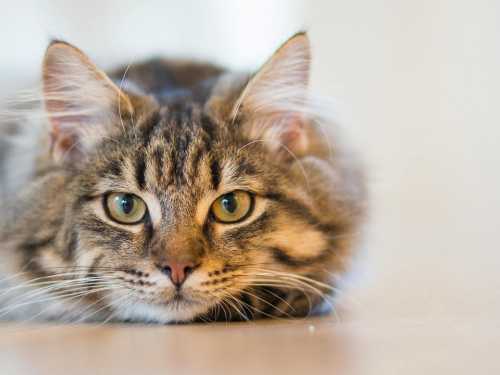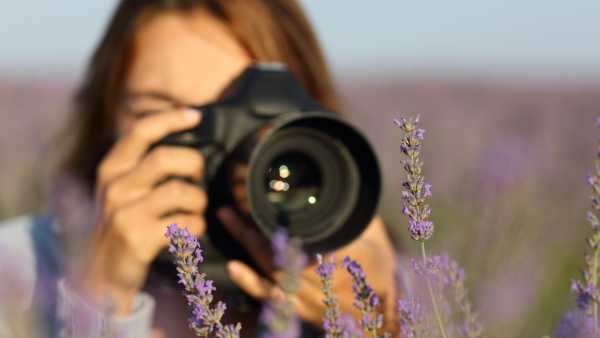
Autumn shortens the days, deepens the twilight, and is always trying to pin us down on the couch with a “so what?” Pets aren't just cute little tails, but living countermeasures to the autumnal sluggishness. They draw us into the light, get us moving, and provide a warm ritual that evens out our mood and straightens our shoulders.
It's not magic: physical contact, routine, and communication work. And funny little things—that dosed joy we need on a dull day. Let's take an honest look at how pets help us get through the season and what we can do today to make that help work.
Simple physiology
The Psychology of Autumn: Presence and Meaning
Autumn intensifies the feeling of emptiness. Pets fill the void with presence: they don't ask for reports or draw conclusions. Caring for them is a small task that is certainly meaningful. It reduces the “autumn mind-numbing”: instead of endlessly scrolling through your feed, you have a bowl, a leash, a game, a brush, and a contented face that shows progress better than any habit tracker.
Dog: A walk as a cure for twilight
- “Light-seeking” mode. Schedule one of your walks for early morning, during daylight hours. Even a cloudy day provides tens of times more lux to the eyes than indoor lamps.
- Safety and visibility. A reflective harness, a collar beacon, your own headband, or a vest. In the fall, it's important not only to walk but also to be visible.
- Nose games. Scatter food on the grass, have a “search” in the park or at home—olfactory stimulation is more tiring and calming than running laps around the yard ten times.
- Instead of “big training.” Two or three short sessions of 3-5 minutes a day: “wait by the door,” “go back,” “give paw,” and turn around. Both you and your dog need brain stimulation.
- Warm logistics. Towel and absorbent mat by the door, paw pads/shoes, and a warming cover for the stroller/car carrier.
Cat: Hunting, Warmth, and Vertical Routes
- A cat won't take you to the park, but it will lift you out of your funk if you give it the right daily routine.
- A “play-eat-sleep” hunting cycle. Two or three short games (5-10 minutes) with a fishing pole toy before reaching the bowl. This eliminates unnecessary “windowsill singing” at night and gives you a clear structure for the evening.
- Vertical. Shelves by the window, “bridges,” a tall scratching post. Oxygen and storytelling appear even in a small apartment: the cat looks out at the city, you look back at her, and both feel better.
- Warm spots. A sun cushion or blanket near a radiator (but not directly on it). Cats are champions at seeking warmth; help them out and at the same time, adjust your indoor lighting: warm in the evening, neutral in the morning.
- Puzzle feeders. Slow feeders and sniffing mats relieve boredom and weight gain, while providing a quiet, almost meditative ritual of observation.
Small animals, birds, fish
Rodents and rabbits. Gentle tactile contact and cleaning/feeding rituals. In the fall, monitor drafts and humidity: place cages away from windows and radiators, and store hay dry. Environmental enrichment: tunnels, cardboard houses, twigs for grinding teeth.
Birds. Communication and sound are a good “anti-reverberation” to the silence. But lighting is important: don't turn on bright white lights late in the evening—like you, they need the “sunset.”
An aquarium. Maintaining the water and observing its slow movements is ideal for practicing attention during the long twilight hours. Plus, a live night light.
Social effect: people around the tail
A dog introduces you to your neighbors faster than an elevator. A cat makes you a member of the discreet cat club on the landing.
Pets reduce social friction: small talk arises naturally—about leashes, food, veterinarians. In the fall, when interactions are less frequent, this contact is a lifesaver.
Rituals that help you overcome your blues
- “The first walk—without a phone.” You listen to the yard: leaves, footsteps, strange dogs… 10-15 minutes of “pure” attention—like a shower.
- “Five Brushes” before bed. Brushing is a shared meditation. Counting the brushes is a simple anchor that calms both you and the animal.
- “One new command a week.” There are no ugly ones: “turn around,” “paw on the blanket,” “kiss with your nose.” The main thing is laughter and a sense of progress.
- The “31 Days” photo project: one photo of your pet a day is a reason to notice that the days are different.
Responsibility
Autumn blues are a poor guide for impulsive “get a puppy.” Go through the checklist: time, money, housing, vacation, health. If all the answers are “yes,” then welcome. If “not now,” there are alternatives: volunteering at a shelter, walking dogs for neighbors, temporary fostering, or donating food. You'll have joy, and the commitments will be as much as you can handle.
Health and Safety
Allergies – find out in advance. Tests + trial interactions with friends.
Hygiene . Wash paws after walks, wash bowls, clean the litter box, and regularly treat for parasites (ticks are still active in the fall).
Visibility and identification. Reflectors, LED key fob, phone tag, microchipping—it gets dark early in the fall, and lost pets happen.
Home safety. Candles, fairy lights, and chemicals are out of reach. Heaters are under supervision.
Veterinarian : Scheduled vaccinations and visits are not cancelled “due to weather.”
Home and autumn life “for a pet”:
- A dirt-collecting mat at the entrance, separate towels for paws, and a dryer.
- Humidity control 40-50%: too dry – everyone’s mucous membranes become inflamed, too damp – mold and odor.
- Cleaning without fanaticism. A robot vacuum cleaner solves 80% of the pet hair problem once a day; the rest is a clothes brush by the door.
A Weekly Pet-Cure-the-Blues Plan
Mon. We move one walk/play to the morning in daylight.
Tue. Learning a new command (3×5 minutes).
Wed. Smelling game/puzzle.
Thu. Let's have a “screen-free” evening with a comb.
Fri. Updating visibility: reflectors, key fob, batteries.
Sat. A long walk along a new route with the dog or a play session with the cat.
Sun. Photo day and mini-general: mat, towels, litter box, bowls.
Pets don't cure autumn, but they recalibrate us for it. They bring light back into the morning, activity into the day, and warmth into the evening. They make it easier to move and laugh; they create conversation, ritual, and a reason to leave the house. In return, they require little: a safe home, a clear routine, attention, and an honest “not now” if they're not ready.
If you already have a pet, take advantage of the season: catch the morning light, add games and small tasks, make your home warm and comfortable for everyone. If not, take your joy in small doses: help a shelter, walk a neighbor's dog, organize “cat hour” at a friend's house.
Autumn will still happen. But with animals around, it's less likely to turn into a dull period and more often into a quiet, warm, and playful season, where at least something alive happens every day.





